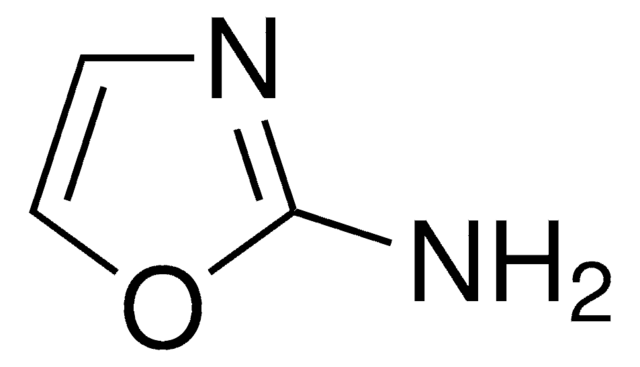推薦產品
化驗
≥98% (HPLC)
顏色
white to beige
溶解度
DMSO: 2 mg/mL, clear
儲存溫度
2-8°C
SMILES 字串
OC1=C(C(O)=O)C(CCC2=CC3=C(C=CC=C3)C=C2)=CC=C1
InChI
1S/C19H16O3/c20-17-7-3-6-15(18(17)19(21)22)11-9-13-8-10-14-4-1-2-5-16(14)12-13/h1-8,10,12,20H,9,11H2,(H,21,22)
InChI 密鑰
GGVFBUYNEPBFQT-UHFFFAOYSA-N
生化/生理作用
Orally active SOX18 inhibitor with in vivo efficacy against zebrafish larvae vascular formation and breast cancer tumor lymphangiogenesis in mice.
Sm4 is an orally active SOX18 inhibitor (IC50 = 5,2 μM; COS-7 reporter assay) that directly targets SOX18 HMG domain and preferentially disrupts SOX18 interaction with a subset of binding partners (IC50 = 3.3 μM/SOX18-SOX18, 15.8 μM/SOX18-DDX17, 42.3 μM/SOX18-RBPJ, 65.9 μM/SOX18-RBPJ; IC50 ≥780 μM against SOX9 dimer or SOX18 interaction with MEF2C, NR2F2, TRIM28, ESR1), while affecting HMG-dependent DNA binding in a less potent and non-SOX18-selective manner (IC50 ∼200-220 μM for SOX15/18, IC50 ∼270-310 μM for SOX2/6/9/11). Sm4 selectively affects SOX18 target genes transcription over 7 other transcription factors by genome-wide ChIP-seq analysis as well as displays in vivo efficacy against vascular formation in zebrafish larvae (1-2 μM) and induces tumor metastasis by inhibiting angiogenesis/lymphangiogenesis in a murine model of breast cancer (25 mg/kg/d p.o.).
訊號詞
Warning
危險聲明
危險分類
Eye Irrit. 2 - Skin Irrit. 2 - STOT SE 3
標靶器官
Respiratory system
儲存類別代碼
11 - Combustible Solids
水污染物質分類(WGK)
WGK 3
閃點(°F)
Not applicable
閃點(°C)
Not applicable
從最近期的版本中選擇一個:
分析證明 (COA)
Lot/Batch Number
Frank Fontaine et al.
Cell chemical biology, 24(3), 346-359 (2017-02-07)
Pharmacological modulation of transcription factors (TFs) has only met little success over the past four decades. This is mostly due to standard drug discovery approaches centered on blocking protein/DNA binding or interfering with post-translational modifications. Recent advances in the field
Jeroen Overman et al.
eLife, 6 (2017-02-01)
Pharmacological targeting of transcription factors holds great promise for the development of new therapeutics, but strategies based on blockade of DNA binding, nuclear shuttling, or individual protein partner recruitment have yielded limited success to date. Transcription factors typically engage in
Olga Rodak et al.
International journal of molecular sciences, 24(14) (2023-07-29)
The transcription factor SOX18 has been shown to play a crucial role in lung cancer progression and metastasis. In this study, we investigated the effect of Sm4, a SOX18 inhibitor, on cell cycle regulation in non-small cell lung cancer (NSCLC)
Sreeman K Mamidyala et al.
Bioorganic & medicinal chemistry letters, 23(6), 1667-1670 (2013-02-19)
Anacardic acid derivatives exhibit a broad range of biological activities. In this report, an efficient method for the synthesis of anacardic acid derivatives was explored, and a small set of salicylic acid variants synthesised retaining a constant hydrophobic element (a
Active Filters
我們的科學家團隊在所有研究領域都有豐富的經驗,包括生命科學、材料科學、化學合成、色譜、分析等.
聯絡技術服務








